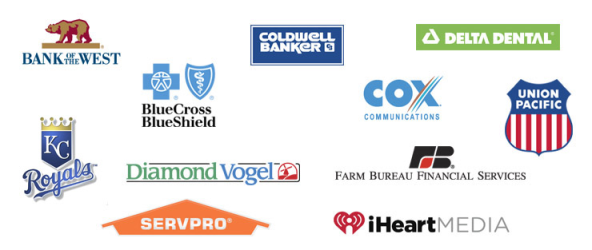The typical sales professional is excited when they land an in-person meeting with a prospect. This is your chance to make your pitch and state your case. We call it the “sales presentation,” but that term is actually misleading.
Just because it’s a “sales presentation” doesn’t mean you do all the talking. Sales pros tend to be gregarious, outgoing people. In some ways, that’s good, because extroverts are more apt to pick up the phone and call a stranger. They may deliver more entertaining, compelling sales presentations. They may be more aggressive pushing prospects to close at the end.
But the “talking” part of sales comprises only part of a good sales presentation. The other part of the process is quiet. Part of the sales presentation meeting should be devoted to building a relationship, listening and determining exactly what the prospect values without any assumption or ambiguity.
If you want to be successful in sales, there’s something far more important than an outgoing personality. It’s the ability to determine exactly what your prospect values. Here are four ways to do just that even during the sales presentation meeting:
Listen & Truly Hear
Too often we pretend like we’re listening or even think we’re doing a good job of listening, but in reality, we don’t retain what the other person is telling us. If you sell things for a living, you need to listen with the same intensity and attention to detail that a detective uses when he or she is interviewing a suspected criminal. Tell yourself that the person in front of you will say something at some point in the conversation that can directly lead to a closed deal. You can’t afford to miss it simply because you’re having a second conversation with yourself inside your mind when you need to be focused on the other person.
Never Assume
Our own biases often get in the way of our efforts to figure out what our prospects truly value. Look, you know your products and services better than the prospects do especially if you’ve been in your current selling role for a long time. Talented, experienced and knowledgeable sales professionals can be vulnerable to assuming what clients value because they’ve seen so many other clients and know so much about the product. Don’t succumb to temptation and start assuming you know everything you need to know about your prospect. I call it the “sin of assumption,” and it just might be the deadliest sin in business.
Ask Probing Questions
When we first sit down with a prospect, we engage in small talk or idle chit-chat. That’s a great way to warm up the conversation and make everyone comfortable. But don’t spend too much time on chit-chat. Start asking questions that help you uncover value. The best questions are probing in nature. Start questions with “Why?” “How?” “What if…?” “What would happen if you…?”
Bite Your Tongue
Don’t start talking until you are sure you know what your prospect values. If you’re not 100 percent convinced, keep asking probing questions and keep listening intently to the answers. When you do talk, your sales pitch should be customized based on what the prospective client told you during the value discovery process. Portray your products or services in such a way that they satisfy exactly what the prospect wants and needs.
As you consider the four ways to determine value mentioned above, it should become apparent that there is plenty of room for introverts in the sales business. As long as they can muster the gumption to approach prospects in the first place and turn on the charm when it’s time to present, introverts might actually be better at sales than extroverts. When it’s all said and done, the deal typically goes to the person who most closely provides what each unique client really wants.









